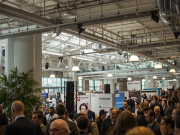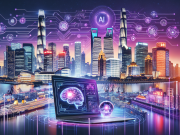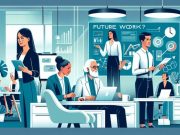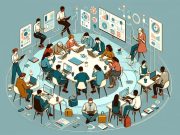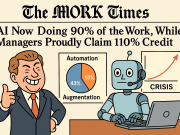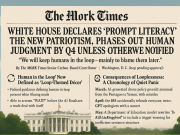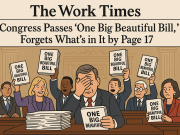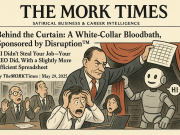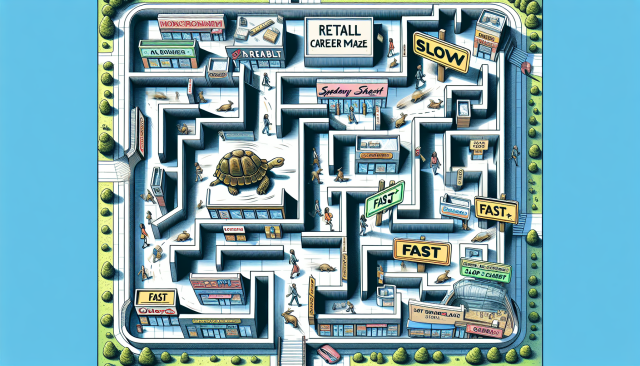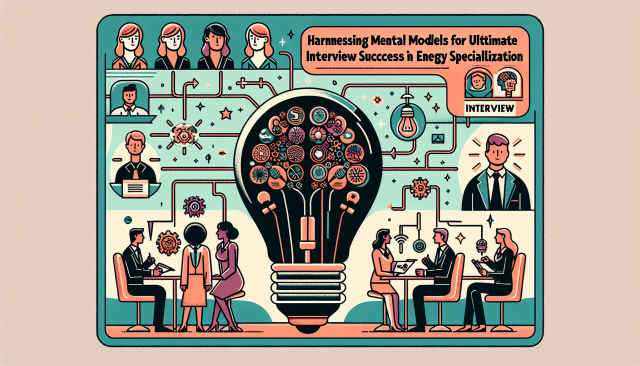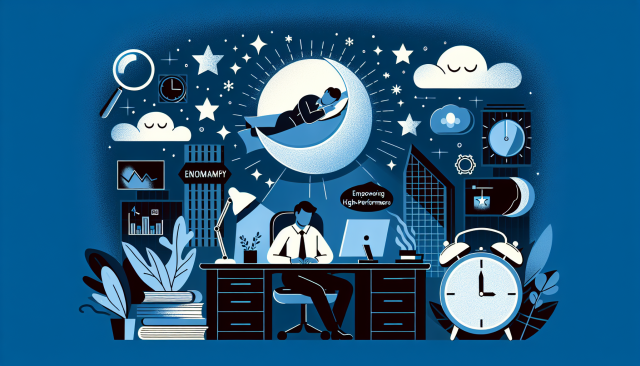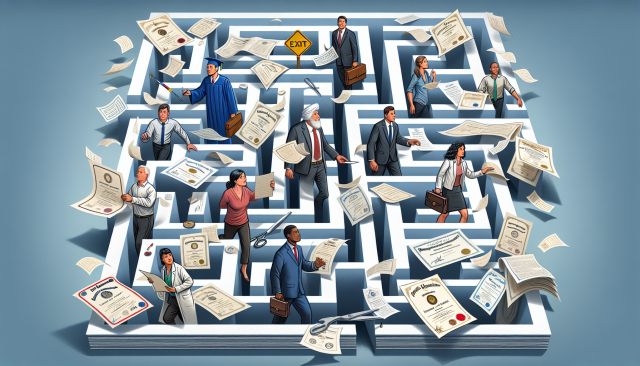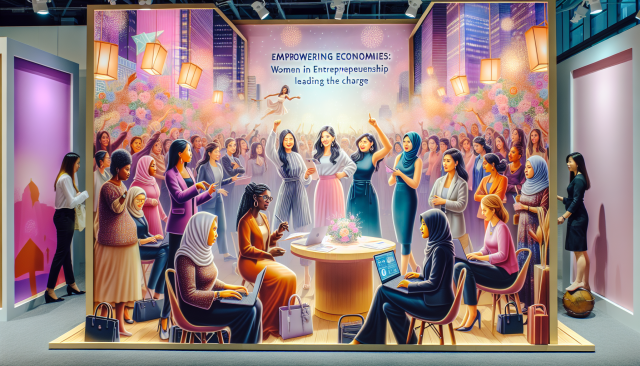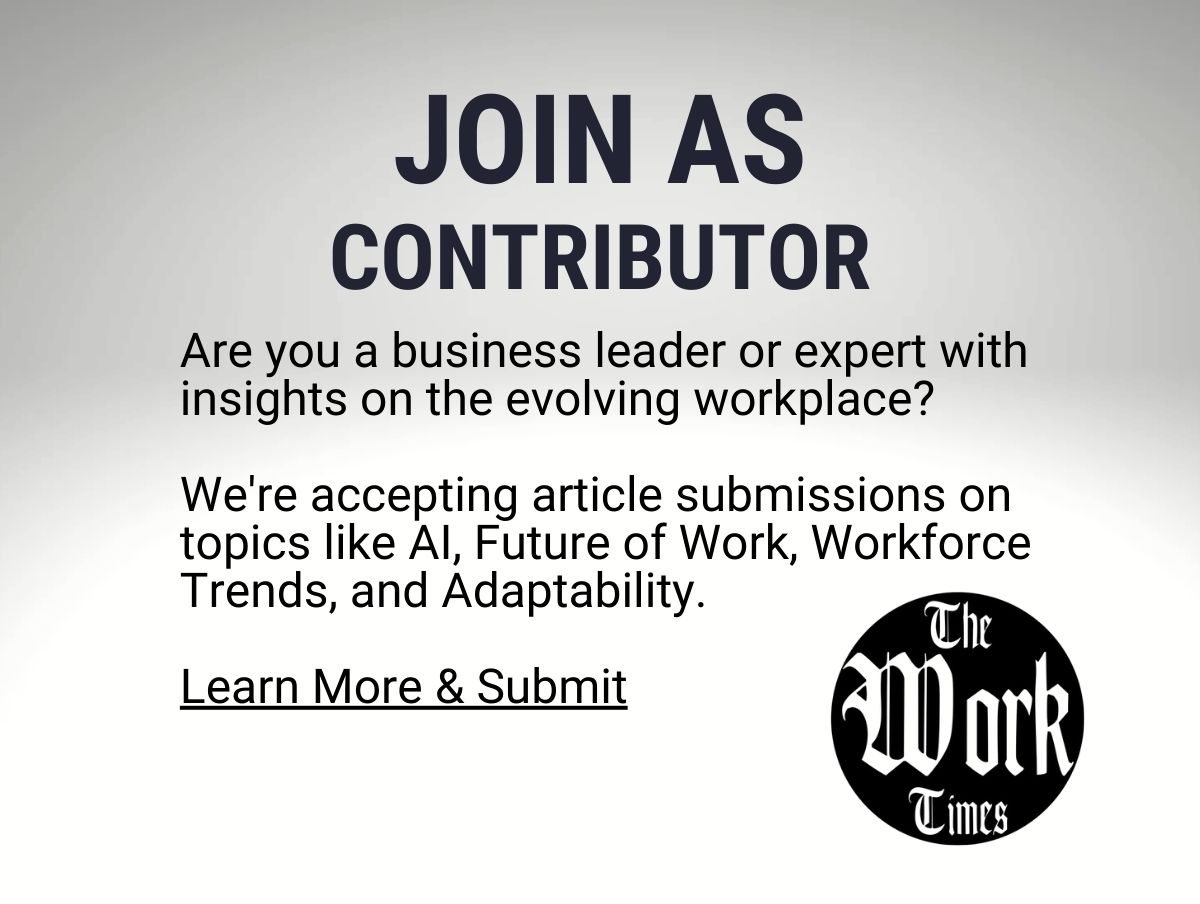Navigating the Retail Career Maze: The Art of Fast and Slow Job Searching
Navigating the Retail Career Maze: The Art of Fast and Slow Job Searching
Retail is an ever-evolving industry, characterized by rapid changes in consumer behavior, technology advancements, and economic shifts. The roles within this sector are as diverse as the industry itself, ranging from frontline positions to strategic leadership roles. As such, job searching in the retail industry can be an intricate exercise, akin to navigating a complex maze. Understanding the nuances between fast and slow approaches to job searching can be pivotal to career success.
Fast Job Searching: Riding the Retail Waves
The fast approach to job searching is akin to riding the waves of retail trends. In this method, speed is of the essence, and success often hinges on immediacy, adaptability, and trend-awareness. Retail professionals employing a fast job search strategy are typically those looking to capitalize on short-term opportunities, such as seasonal roles, urgent company needs, or emerging markets.
Fast job searching requires a keen eye for current retail trends and market demands. Professionals in this mode often leverage their expansive networks, utilize real-time job search platforms, and remain poised to seize opportunities as they arise. The key advantages of this approach include accessing opportunities rapidly, being on the forefront of industry trends, and maintaining a dynamic career trajectory that aligns with current market dynamics.
However, the fast approach can be demanding and may result in high turnover rates or job mismatches if not carefully managed. Retail professionals need to balance speed with due diligence to ensure that the roles they pursue are aligned with their career goals and personal values.
Slow Job Searching: Cultivating a Purposeful Retail Career
Conversely, the slow job search method is about cultivating a deliberate and purposeful career path. It involves a thoughtful exploration of ones career aspirations, values, and long-term objectives within the retail industry. This approach is less about reacting to the immediate job market and more about crafting a career that aligns with personal and professional growth.
Retail professionals adopting a slow job search strategy tend to focus on building relationships within the industry, investing time in personal and professional development, and selectively pursuing opportunities that resonate with their long-term visions. This method allows for a deeper understanding of the industry, fostering more significant and sustainable career advancements.
While the slow approach may result in longer job search durations, it often leads to more fulfilling roles, greater job satisfaction, and a stable career trajectory. This strategy is particularly advantageous for those seeking leadership positions or aiming to make significant career shifts within the retail sector.
Balancing Fast and Slow: The Retail Professionals Guide
The most effective job searching strategy for retail professionals often involves balancing fast and slow approaches. This dynamic blend allows individuals to remain agile and responsive to immediate opportunities while still cultivating a meaningful and directional career path.
Retail professionals can achieve this balance by maintaining an up-to-date and tailored resume, nurturing a robust professional network, and continuously enhancing their skills and knowledge through ongoing education and industry involvement. By staying informed about market trends and remaining open to new opportunities, professionals can navigate their careers with both immediacy and purpose.
In conclusion, while the fast and slow job searching methods each have their merits, the key to success for retail professionals lies in understanding when to apply which approach. By mastering the art of balancing speed with strategic foresight, retail professionals can not only navigate the career mazebut thrive within it.

